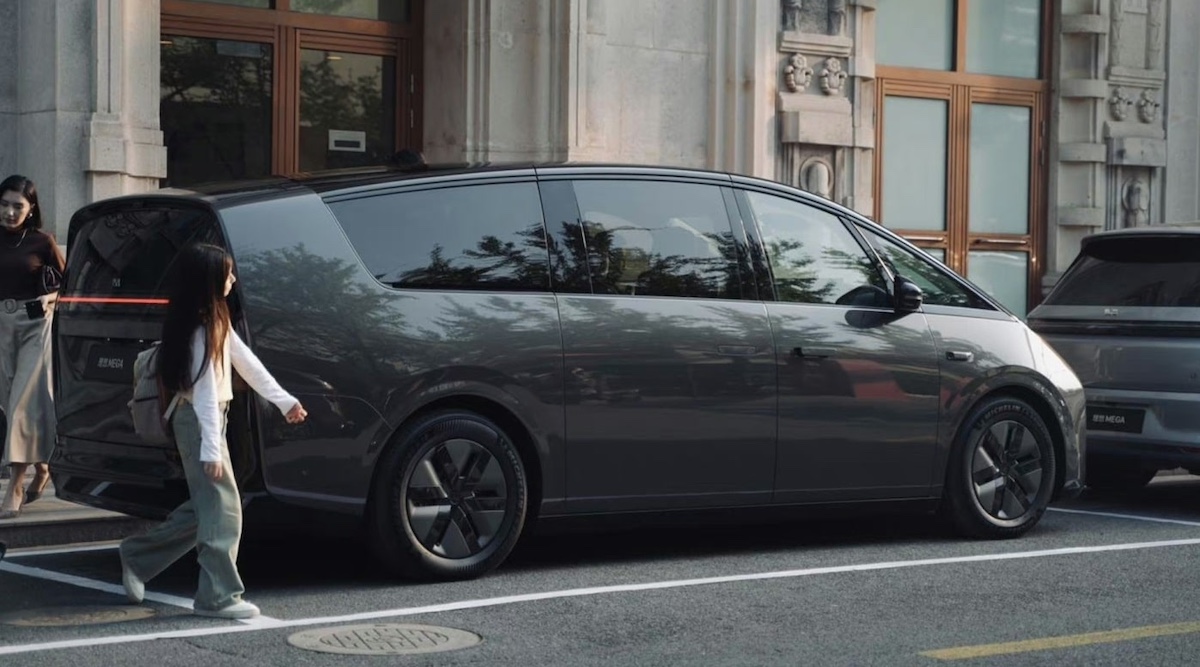
Sign up for daily news updates from CleanTechnica on email. Or follow us on Google News!
It’s a longstanding and vigorous debate — will robotaxis need lidar, or are cameras alone adequate? Of course, we have several companies now operating robotaxis in China, the US, and elsewhere. Those all use lidar. However, Elon Musk has said for about a decade that robotaxis shouldn’t need lidar, and Tesla’s robotaxi approach is based on “vision” only, even cutting radar from the system. However, Tesla robotaxis aren’t yet operational, as “Full Self Driving” hasn’t reached the necessary level for that.
Li Auto CEO Li Xiang recently chimed in with his opinion on the matter, offering a little more “local insight.”
Li Xiang said, “I believe that if Musk had ever driven on different highways in China deep in the night, he would have chosen to keep a lidar in the front as well.” His argument is there are too many hazards that are too hard to see with cameras alone. In particular, “China is different from the US If you regularly drive at night in China, you’ll see large trucks with broken taillights, and the large trucks with broken taillights may be even parked right on the main road,” Li stated.
Xiang added that lidar can detect objects up to 200 meters while cameras are only good for up to 100 meters.
Musk has long argued that lidar is not only an extra expense, but just overcomplicates the system and isn’t needed. If you have two different kinds of sensors, the core brain of the system has to determine which to pay attention to at any given time. If they both see something, but cameras identify it as a potential obstruction and lidar doesn’t, which does the brain respond to? If it’s the other way around — cameras identify it as nothing to worry about but lidar thinks it should be avoided (like a parked semi truck in the middle of the road) — which does the brain respond to?
However, others argue that the different sensors and redundancy are critical for making sure the vehicles are as safe as possible. Cameras won’t catch everything, and neither will lidar, but together they should see more. That’s Xiang’s point of view as well. “I think it’s very important because our cars are family-oriented, and the safety of everyone’s life is very important. That’s the fundamental reason we continue to keep lidar and will still keep it in future models,” the Li Auto CEO noted.
Tesla’s future is heavily dependent on Full Self Driving (FSD) getting to a high enough level only using cameras. Other robotaxi companies have been incrementally improving and rolling out commercial robotaxi services in more and more cities, but they are not made to be broadly operational across the country or across the globe. Musk’s argument is that once FSD is good enough, it can be used basically everywhere. And that will immediately jack up the value of millions of Tesla vehicles. That’s why Tesla stock [NASDAQ:TSLA] is valued far above any other automaker’s. Tesla’s market cap is higher than that of several other automakers’ combined — basically all based on the idea that Tesla will crack the AI code and unleash these robotaxis across the world. However, that all hinges on whether “vision only” is really adequate and robotaxis don’t need lidar or even radar to be good enough. One could say it also depends on how quickly all of these other robotaxi companies in operation today can expand and bring down costs. If there’s a broad, mature robotaxi market in play by the time Tesla gets FSD working well enough, how much will Tesla vehicles get a value boost?
A lot of questions remain to be answered. And in the meantime, the lidar vs. no lidar debate rages on.

Chip in a few dollars a month to help support independent cleantech coverage that helps to accelerate the cleantech revolution!
Have a tip for CleanTechnica? Want to advertise? Want to suggest a guest for our CleanTech Talk podcast? Contact us here.
Sign up for our daily newsletter for 15 new cleantech stories a day. Or sign up for our weekly one if daily is too frequent.
CleanTechnica uses affiliate links. See our policy here.
CleanTechnica’s Comment Policy

